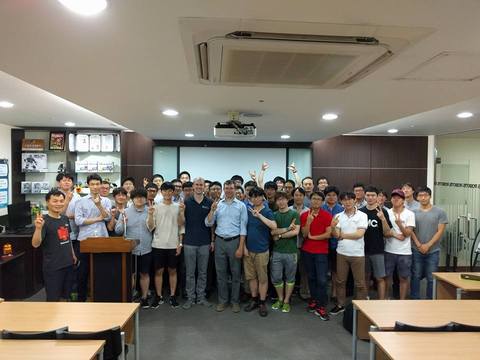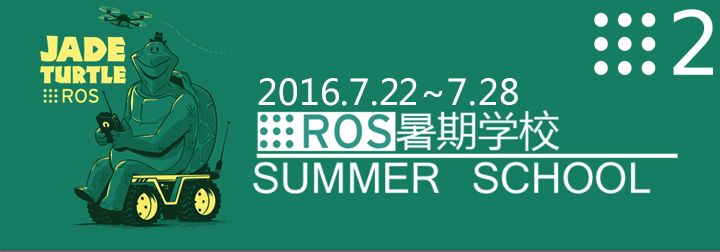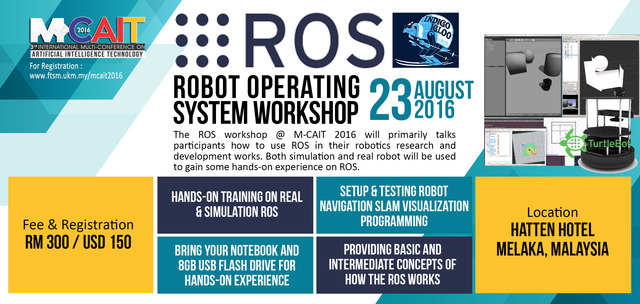We're happy to announce that the program for ROSCon 2016 has been published. You can see the lineup of accepted presentations here: http://roscon.ros.org/2016/#program
By popular demand, the ROSCon lightning talks and birds of a feather discussions will be returning! Lightning talks and BOF topics are scheduled just-in-time at the conference.
Reminders:
Save up to $150 by registering before August 26! Visit https://events.osrfoundation.org/roscon-2016-registration!
There is a limited block of discounted hotel rooms available. Please visit: http://conradhotels.hilton.com/en/ch/groups/personalized/S/SELCICI-GROSA-20161003/index.jhtml?WT.mc_id=POG to book your stay.
ROSCon is happening in Seoul immediately prior to IROS, which will be held in nearby Daejeon: http://iros2016.org/.
We can't put on ROSCon without the support of our generous sponsors, who now include Locus Robotics and Rethink Robotics: http://roscon.ros.org/2016/#sponsors
We're still accepting new sponsors. If you'd like to support ROSCon and connect with the ROS community, please contact the organizing committee: roscon-2016-oc@osrfoundation.org.
We'd like to especially thank our Platinum and Gold Sponsors: Fetch Robotics, Clearpath Robotics, Intel, ROBOTIS, ROS-Industrial Consortium / Southwest Research Institute, and Yujin Robot.









